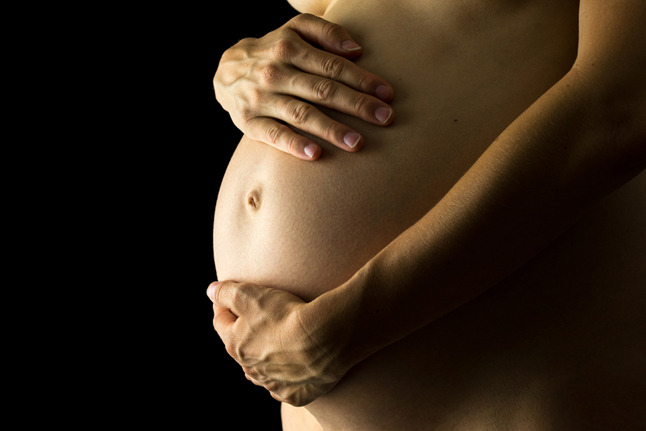Pregnancy
For most women pregnancy is a healthy and exciting time of their life and childbirth one of the most amazing and positive experiences anyone could hope for. However, some women will experience problems with their bladder and bowel during pregnancy and after delivery. Additionally, some women also experience pain in the pelvic region during and after their pregnancy.
Pelvic floor disorders can present in a number of ways during pregnancy and after delivery:
- Leaking urine when you cough, sneeze, lift, laugh or do exercise
- Not be able to control passing wind
- Feel an urgent need to empty your bladder or bowel
- Leak bowel motions or stools after you have been to the toilet
- Find it hard to pass a bowel motion unless you change position or use your finger to help
- Feel a lump in your vagina or a sensation of dragging (mostly at the end of the day), which could mean that one or more of your pelvic organs might be sagging down into your vagina. This known as pelvic organ prolapse.
- Pain in the pelvic region
Myth: You should not do pelvic floor exercises during pregnancy.
Fact: It is safe to do pelvic floor exercises while pregnant and can help to control some of the bladder and bowel symptoms during pregnancy.
Myth: Strong pelvic floor muscles affect how your baby is born.
Fact: Having strong pelvic floor muscles does not affect whether you have a vaginal delivery or a caesarean section.
Buckley and Lapitan (2010) report rates of between 32–64% for all urinary incontinence and 40–59% for stress or mixed urinary incontinence during pregnancy.
Urinary incontinence, particularly stress urinary incontinence, increases from 7% before pregnancy to 31% during pregnancy for women who have never given birth, and from 24% to 42% in women who have previously given birth one or more times (Buckleyand Lapitan 2010).
One in 5 women in their first pregnancy experience at least one symptoms of anal incontinence during late pregnancy (Johannessen et al, 2013).
One year after delivery 1 in 6 women experience anal urgency (Johannessen et al, 2013).
Pelvic floor muscle strength is significantly reduced following vaginal delivery highlighting the need for pelvic floor muscles exercises during pregnancy and after child birth ((Van Delft et al, 2013).
Management of pelvic floor conditions during and after pregnancy includes:
- A thorough assessment of the condition, medical history and current health, including diet and fluid intake, exercise levels and mobility, all the medicines you are currently taking, and any other factors that could affect bladder and bowel function
- Physical assessment of the pelvic floor function, strength and endurance
- Rehabilitation which may include pelvic floor muscle exercises, otherwise known as Kegel exercises, changes to lifestyle, bladder and bowel habits and avoidance of straining
- Exercising in a way that is safe during pregnancy is very important as many women stop exercising yet with the appropriate guidance and testing exercise during pregnancy is still possible.
- Other pregnancy related disorders such as back, hip and sacroiliac joint pain can also be assessed and treated. Assessment of the pelvis and lower back if pain is an issue.
Outcomes from treatment may include:
- Correct pelvic floor muscles exercises can increase the size, strength and length of the pelvic floor muscles.
- Improved management of the symptoms
- Improved incontinence, urgency, or emptying
- There is evidence that it is safe to perform pelvic floor exercises during pregnancy
- Advice and support during pregnancy and after delivery.
- Safe exercise routines during and after pregnancy




